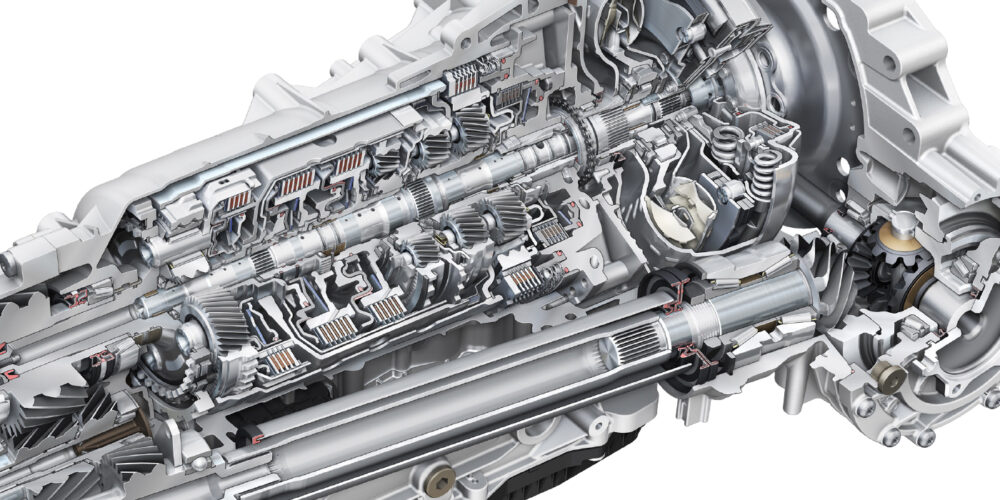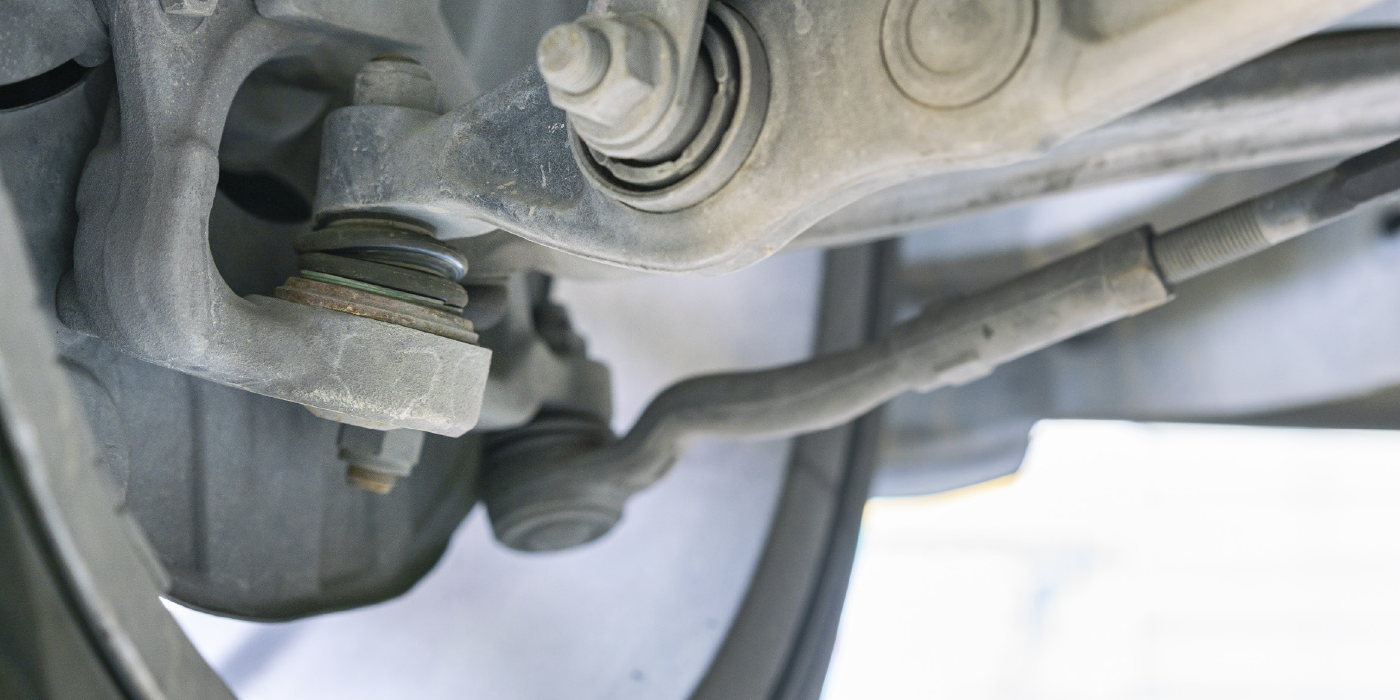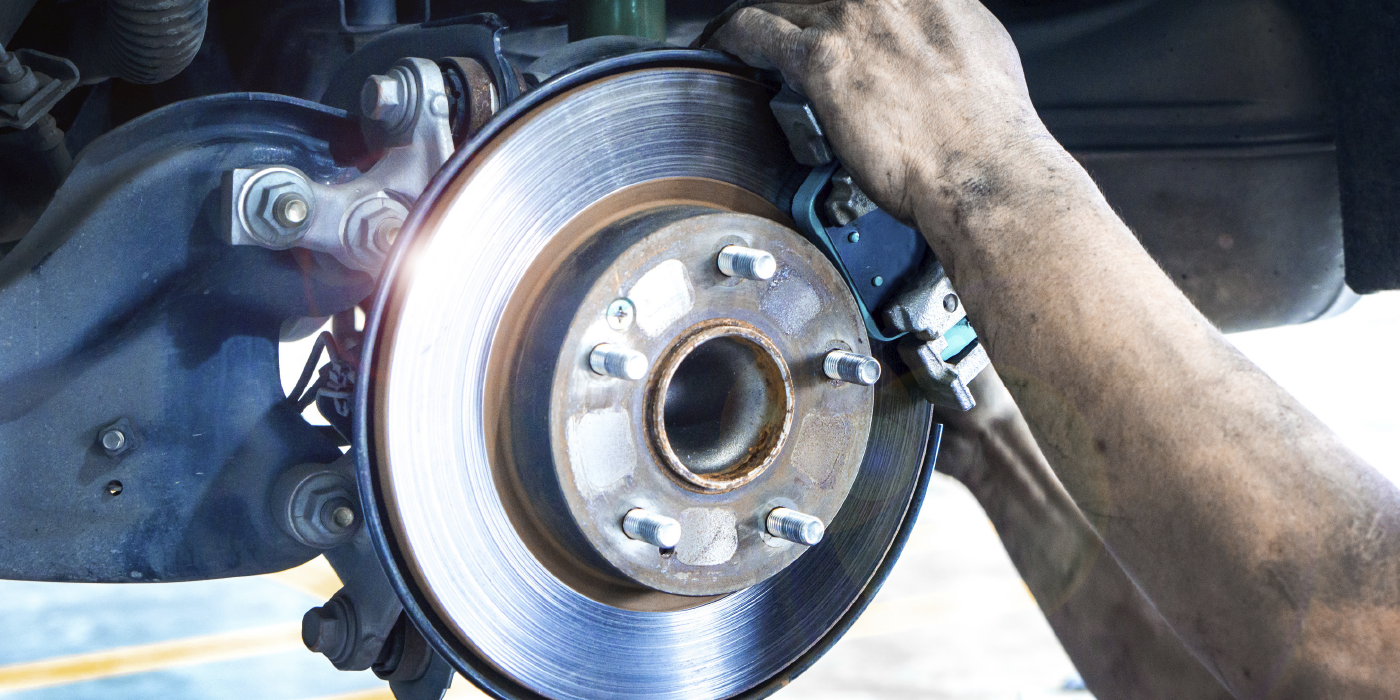Courtesy of Engine Builder by Eric Garbe
Most of us are familiar with the Enzo Ferrari quote, “What’s behind you doesn’t matter.” We can all agree the man responsible for these iconic words knew a thing or two about racing. His quote speaks to many of us, on many levels, and it’s the reason we’re driven to always do things better.
Finishing first is the name of the game, and that pursuit happens both on and off the track. We’re always trying to make more power and make our engines as bulletproof as possible. Part of that equation comes from piston manufacturing and technology.

Perhaps one of the more sophisticated chunks of metal in the picture, you better bet that material makeup is an important part of the snapshot. Today’s piston materials commonly include 2618 and 4032 aluminum alloys, renowned for their lightweight properties, high strength and excellent thermal conductivity.
According to Michael Panetta at Diamond Pistons, these alloys offer durability and performance benefits, particularly in high-performance and racing applications, where weight reduction and heat dissipation are critical factors. In fact, there are many reasons these materials are popular.














